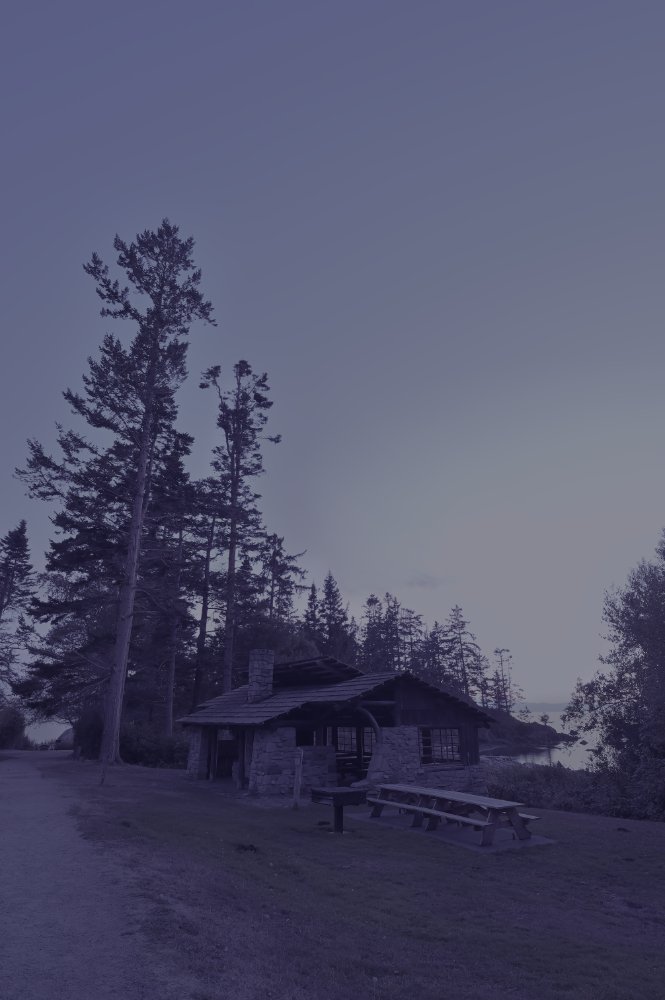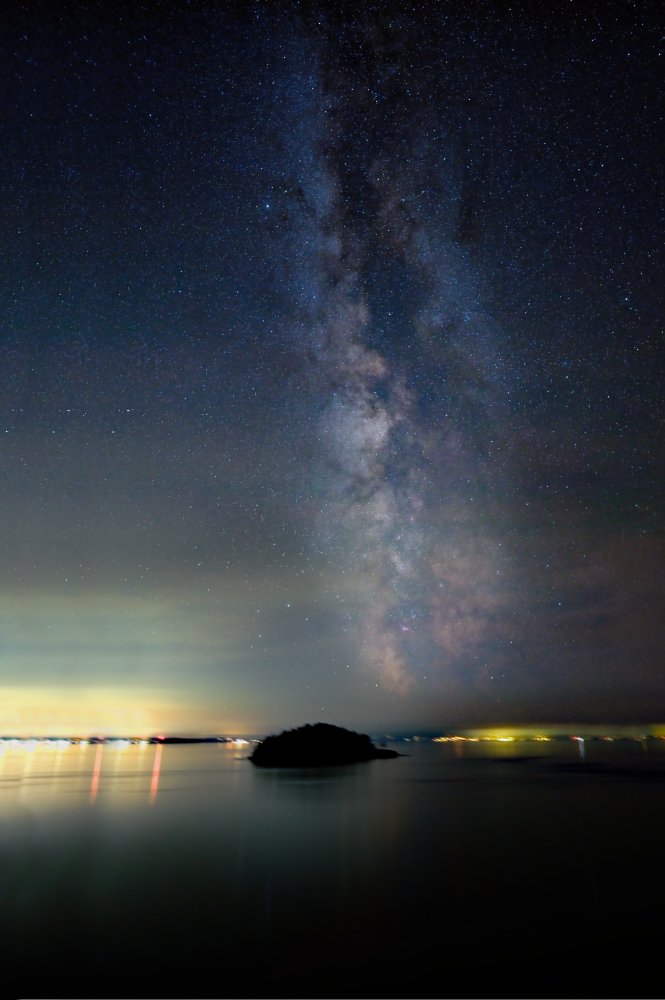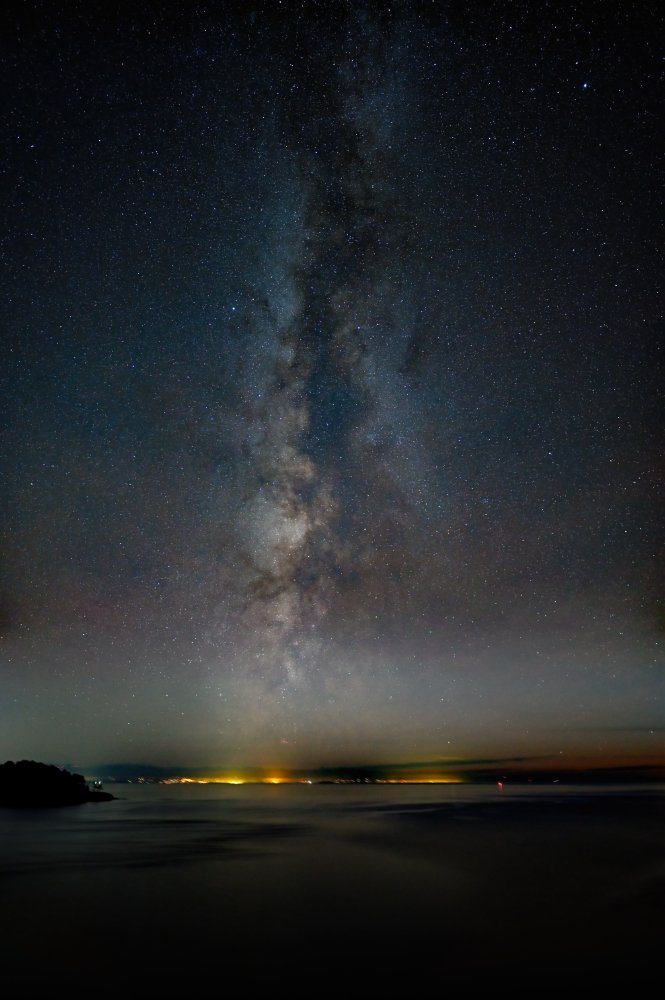
Astrogeezer
Members-
Posts
17 -
Joined
-
Last visited
Recent Profile Visitors
The recent visitors block is disabled and is not being shown to other users.
-
Astrogeezer started following Compositing difficult picture , Need help loading StarSpikes Pro 4 into Affinity Photo v2 , Need help merging photos and 2 others
-
Need help merging photos
Astrogeezer replied to Astrogeezer's topic in Affinity on Desktop Questions (macOS and Windows)
Hi Carl, thanks for this. Because of your advice, I'm a lot closer to what I'm trying to do. The tree on the right is still a problem. Perhaps that's because there wasn't tons of detail to start with. BTW, I appreciate the title you gave the file, i.e., Trees. The title sounds like a Post-Punk song. -
 Astrogeezer reacted to a post in a topic:
Need help merging photos
Astrogeezer reacted to a post in a topic:
Need help merging photos
-
I'm struggling to merge these two photos. My attempts at merging have failed as the trees in the resulting image get smudgy (circled). The process I've been using is: 1. Select landscape by using selection brush tool and flood select tool, 2. Mask landscape, 3. Combine Milky Way image by using Move Tool and Place command. I appreciate your comments on how I can get a crisp composited image.
-
Teach me how to merge photos
Astrogeezer replied to Astrogeezer's topic in Affinity on Desktop Questions (macOS and Windows)
Thanks. Let me give it a shot. I also just noticed that it's easier to rasterize when there are no layers in the file. -
 Astrogeezer reacted to a post in a topic:
Teach me how to merge photos
Astrogeezer reacted to a post in a topic:
Teach me how to merge photos
-
 Astrogeezer reacted to a post in a topic:
Teach me how to merge photos
Astrogeezer reacted to a post in a topic:
Teach me how to merge photos
-
 Astrogeezer reacted to a post in a topic:
Teach me how to merge photos
Astrogeezer reacted to a post in a topic:
Teach me how to merge photos
-
I posted here previously, asking a similar question. I need someone to show me how to merge these photos. My workflow currently is: 1. Use the selection brush tool and the flood select tool to select the area that I want to keep in the final image 2. Mask that area 3. Place the photo I want to merge with that masked area My problem is selecting that area. When I work with complex areas that have intricate details, my workflow produces lousy and frustrating results. Can someone show me how to do steps 1 & 2? Or provide a different workflow entirely? I'm not a power user or even a terribly competent one. Please be detailed and patient. Here are two files I would like to merge. Thanks in advance.
-
Need help cloning bird wing
Astrogeezer replied to Astrogeezer's topic in Affinity on Desktop Questions (macOS and Windows)
Hi v_kyr, This took me a few times to get right but I got it to work to my satisfaction. Thanks for all your help. This is a great tip!- 4 replies
-
- bird photography
- cloning in affinity photo
-
(and 1 more)
Tagged with:
-
 Astrogeezer reacted to a post in a topic:
Need help cloning bird wing
Astrogeezer reacted to a post in a topic:
Need help cloning bird wing
-
Need help cloning bird wing
Astrogeezer replied to Astrogeezer's topic in Affinity on Desktop Questions (macOS and Windows)
Hi v_kyr, I understand the second method in concept. I just don't know what commands to use as my knowledge of Affinity is very limited. Step by step, 1. To select a part of one wing (Do I use the lasso tool?) 2. To Copy/paste that part selection (How do I copy and where do I paste it to?) 3. To flip horz/vert/rotate that wing part and arrange it over the bird part where you want it to be added (What command or tools do I use to manipulate the wing part?) Thanks.- 4 replies
-
- bird photography
- cloning in affinity photo
-
(and 1 more)
Tagged with:
-
 Astrogeezer reacted to a post in a topic:
Need help cloning bird wing
Astrogeezer reacted to a post in a topic:
Need help cloning bird wing
-
Hi, I have a bird photo where I clipped the wing. I was wondering if someone knew how to clone a wing (probably from the other wing) so, that in the resulting photo, the bird will appear intact and whole. This is the photo that I would like to work from. Apparently, this is something that can be done in Photoshop.
- 4 replies
-
- bird photography
- cloning in affinity photo
-
(and 1 more)
Tagged with:
-
Thanks, Granddaddy! I'll check these links out.
- 6 replies
-
- compositing
- composite photo
-
(and 5 more)
Tagged with:
-
Thanks everyone for chiming in. I'm still a newbie, floundering around pretty badly. However, I hope to learn some tricks to create the kind of photos I want to see. Alex, I'm going to try your path first as it looks the easiest. I wonder if you can provide more detailed instructions when using the gradient. When I tried it, the starfield turned black and white. Thanks in advance for all of your help!
- 6 replies
-
- compositing
- composite photo
-
(and 5 more)
Tagged with:
-
 Astrogeezer reacted to a post in a topic:
Compositing difficult picture
Astrogeezer reacted to a post in a topic:
Compositing difficult picture
-
 Astrogeezer reacted to a post in a topic:
Compositing difficult picture
Astrogeezer reacted to a post in a topic:
Compositing difficult picture
-
output-stack-DeNoiseAI-standard-affinity-extended.tiffoutput-stack-DeNoiseAI-standard-affinity-extended.tiffHi, I'm trying to create a composite Milky Way landscape photo. I've done it before with other landscapes. I can't seem to do it with this landscape because of the trees. I'm unable to cleanly separate the landscape from the sky so I can then replace the sky with the Milky Way. Please let me know how I can make successfully combine these two photos.
- 6 replies
-
- compositing
- composite photo
-
(and 5 more)
Tagged with:
-
Hi @Callum, I tired the Nonlinear Sharpening macro. It's kind of mixed bag: While it removes some of the Panda eye effect, it tends to make the stars larger and more plentiful, making the picture less pleasing if you're trying to show of the deep sky object's nebulosity. Anyway, with some careful editing, I can reduce the Panda eye effect a little bit. However, when I see other people's photos I see very little if any Panda eye effect. I appreciate anything you can do.
- 6 replies
-
- astrophotography
- stars
-
(and 1 more)
Tagged with:
-
Thanks @Callum! That will be a great help! If I can get it to work, it will be the end of a lot of frustration.
- 6 replies
-
- astrophotography
- stars
-
(and 1 more)
Tagged with:










